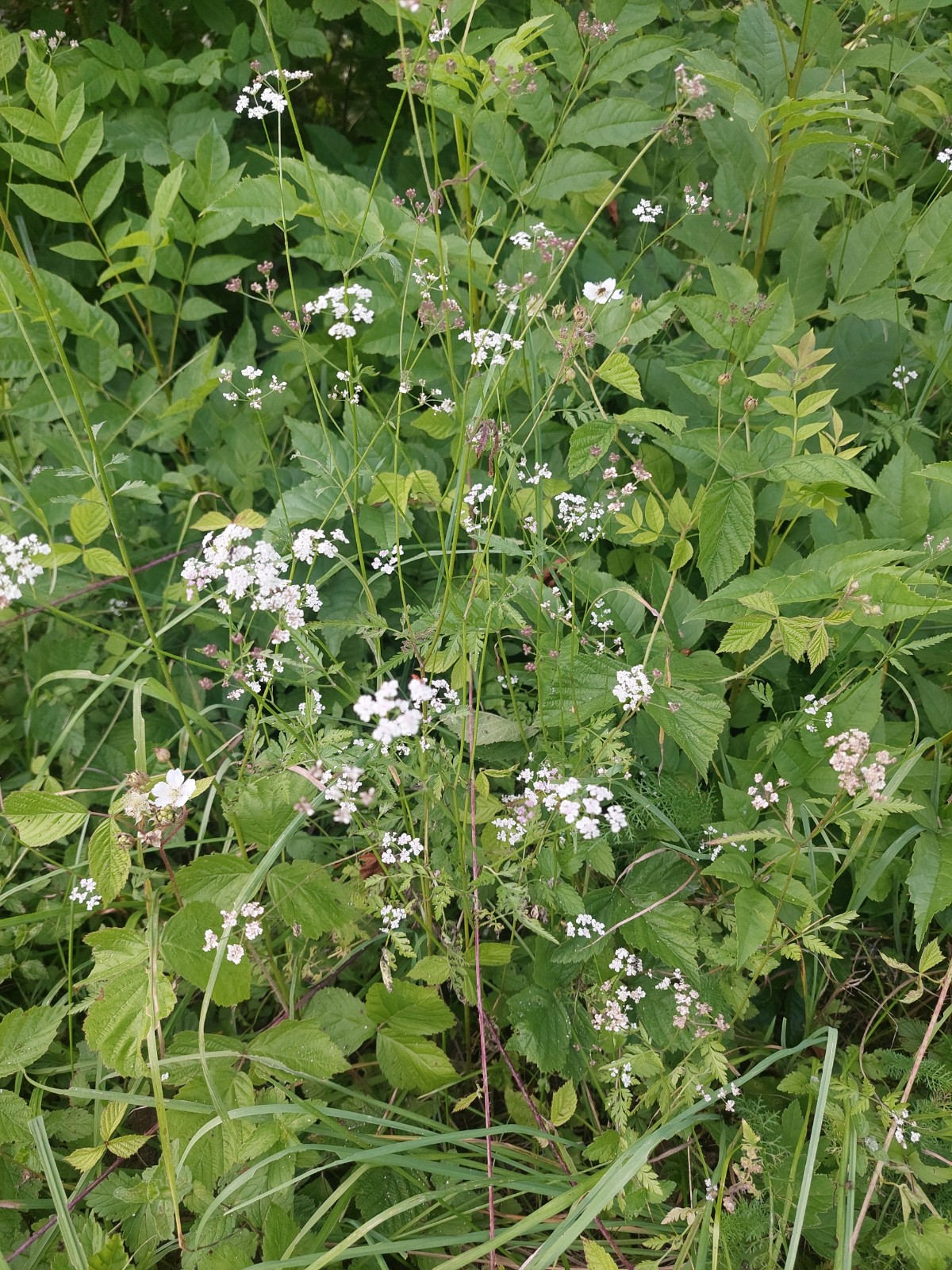CUMIN (‘Carum carvi L.’)
 © E. Bēvalde.
© E. Bēvalde.A perennial herbaceous plant of the sedge family. In the first year, it develops a rosette of leaves, and in the second year, a 30-80 cm tall, upright, branched trunk grows. Petals white or pink. Blooms in June, July. Cumin fruits are elliptical faces with longitudinal ribs, easily separated from the fruiting body. All parts of the plant have a characteristic smell when rubbed with your fingers. Cumin grows in meadows, grasses, bushes, roadsides. Cultivate.
Cumin fruits contain essential oil (3–7%), the amount of which depends on the growing conditions of the plants and the degree of maturity of the plants. In addition to essential oil, plants also contain oil, proteins, flavonoids, tannins, etc.
Cumin is used in folk medicine in Latvia. As a popular spice, it can be added to traditional dishes – rye bread, cheese, bacon pies, sauerkraut, various marinades and dryings, as well as pastries.

